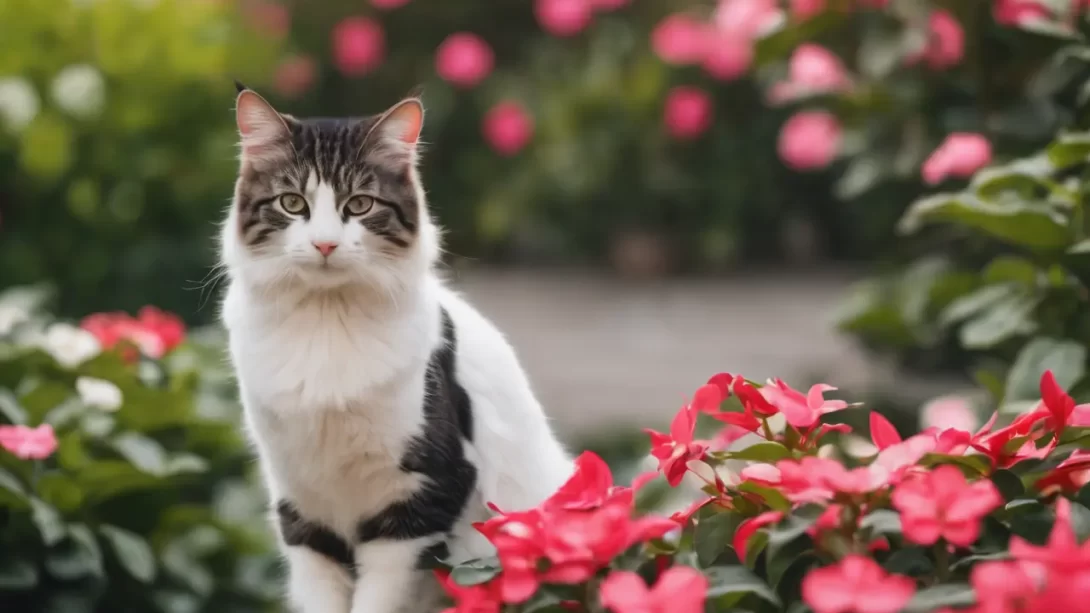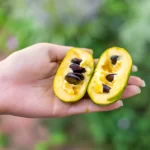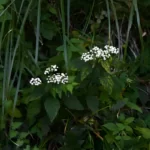Impatiens, known for their vibrant colors and shade-loving nature, are a popular choice for gardeners and indoor plant enthusiasts. However, cat owners often face the challenge of ensuring that the plants in their home and garden are safe for their feline friends. This article seeks to address a crucial question: Are impatiens poisonous to cats?
Impatiens
Impatiens are a diverse group of plants, often cherished for their bright, colorful flowers and ability to thrive in less sunny environments. Varieties range from the common Impatiens walleriana to the New Guinea impatiens, each offering different colors and patterns. These plants have become a staple in gardens and homes due to their aesthetic appeal and relative ease of care.
In addition to their decorative use, impatiens have a rich history in horticulture. They’ve been cultivated for centuries, with a notable presence in both formal and casual landscaping. Their ability to grow in both beds and containers makes them versatile for various gardening projects.
General Plant Toxicity to Cats
The topic of plant toxicity is critical for cat owners. Cats, known for their curiosity, often nibble on plants, which can lead to accidental ingestion of toxic substances. The reaction to a toxic plant can range from mild irritation to severe health complications, depending on the plant and the amount ingested. Common symptoms of plant toxicity in cats include vomiting, diarrhea, drooling, and lethargy. In more severe cases, ingestion can lead to organ damage or even be fatal.
Understanding which plants are safe and which pose a risk is crucial for preventing accidental poisoning. This knowledge not only ensures the well-being of cats but also provides peace of mind for pet owners.
Impatiens and Their Toxicity to Cats
When it comes to impatiens, the general consensus among experts is that they are not toxic to cats. Various authoritative sources, including the ASPCA, list impatiens as non-toxic to both cats and dogs. This means that they don’t contain any known substances that are harmful to cats.
However, it’s important to note that individual cats may have different sensitivities, and even non-toxic plants can cause mild stomach upset if ingested. Cats that ingest a significant amount of impatiens may experience vomiting or diarrhea due to the unusual material in their stomach rather than a reaction to toxins.
What to Do If Your Cat Ingests Impatiens
If you find that your cat has ingested a part of an impatiens plant, the first step is to observe your pet for any signs of distress. While impatiens are not toxic to cats, ingestion of any plant material can potentially cause mild digestive upset in some cats. Watch for symptoms such as vomiting, diarrhea, or a lack of appetite. These symptoms are typically mild and should resolve on their own.
In the rare case where your cat exhibits severe symptoms, such as continuous vomiting, extreme lethargy, or difficulty breathing, seek veterinary care immediately. When consulting with a veterinarian, provide as much information as possible about the plant and the amount ingested. This will help the vet in diagnosing and treating any reactions effectively.
Preventive Measures for Cat Owners
For cat owners, prevention is key to ensuring the safety of both their pets and plants. Although impatiens are not toxic to cats, keeping these plants out of reach can prevent any potential digestive upset caused by ingesting plant matter.
Consider placing impatiens and other plants in areas that are inaccessible to your cat, such as higher shelves or behind closed doors. If you have a garden, you may use plant stands or hanging baskets to keep impatiens out of your cat’s reach. Additionally, providing your cat with safe and appealing alternatives, like cat grass or catnip, can divert their attention away from other houseplants.
Regular supervision and redirecting your cat’s behavior are also effective strategies. Training your cat to stay away from plants and providing them with plenty of toys and activities can reduce their interest in exploring and nibbling on houseplants.
Safe and Appealing Plant Alternatives for Households with Cats
For cat owners looking to enrich their homes with greenery while ensuring the safety of their pets, there are many cat-friendly plants to choose from. Spider plants, Boston ferns, and African violets are excellent non-toxic options that can add beauty to your home without posing a risk to your cat. These plants are known for their hardiness and are generally easy to care for, making them suitable even for those new to gardening.
Herbs such as basil, thyme, and parsley can also be safe choices for homes with cats. Not only do they add fresh flavors to your cooking, but they are also non-toxic to feline friends. However, it’s always a good idea to double-check the safety of any plant, as some herbs can be harmful to pets.
Conclusion
In conclusion, impatiens are considered non-toxic to cats, making them a relatively safe choice for households with feline members. While ingestion of plant material can sometimes lead to mild gastrointestinal upset, impatiens do not pose a significant risk of toxicity. Nonetheless, taking preventive measures to keep these and other plants out of your cat’s reach is always a wise approach to safeguard your pet’s health.
For those seeking alternative options, plenty of cat-friendly plants can add beauty and vitality to your home without the worry. Balancing your love of plants with the safety of your pets is entirely possible with a bit of research and careful selection.
Cat owners should always remain vigilant and be prepared to consult a veterinarian if there are concerns about plant ingestion. With the right precautions, you can create a harmonious and safe living space that both you and your cat can enjoy.




